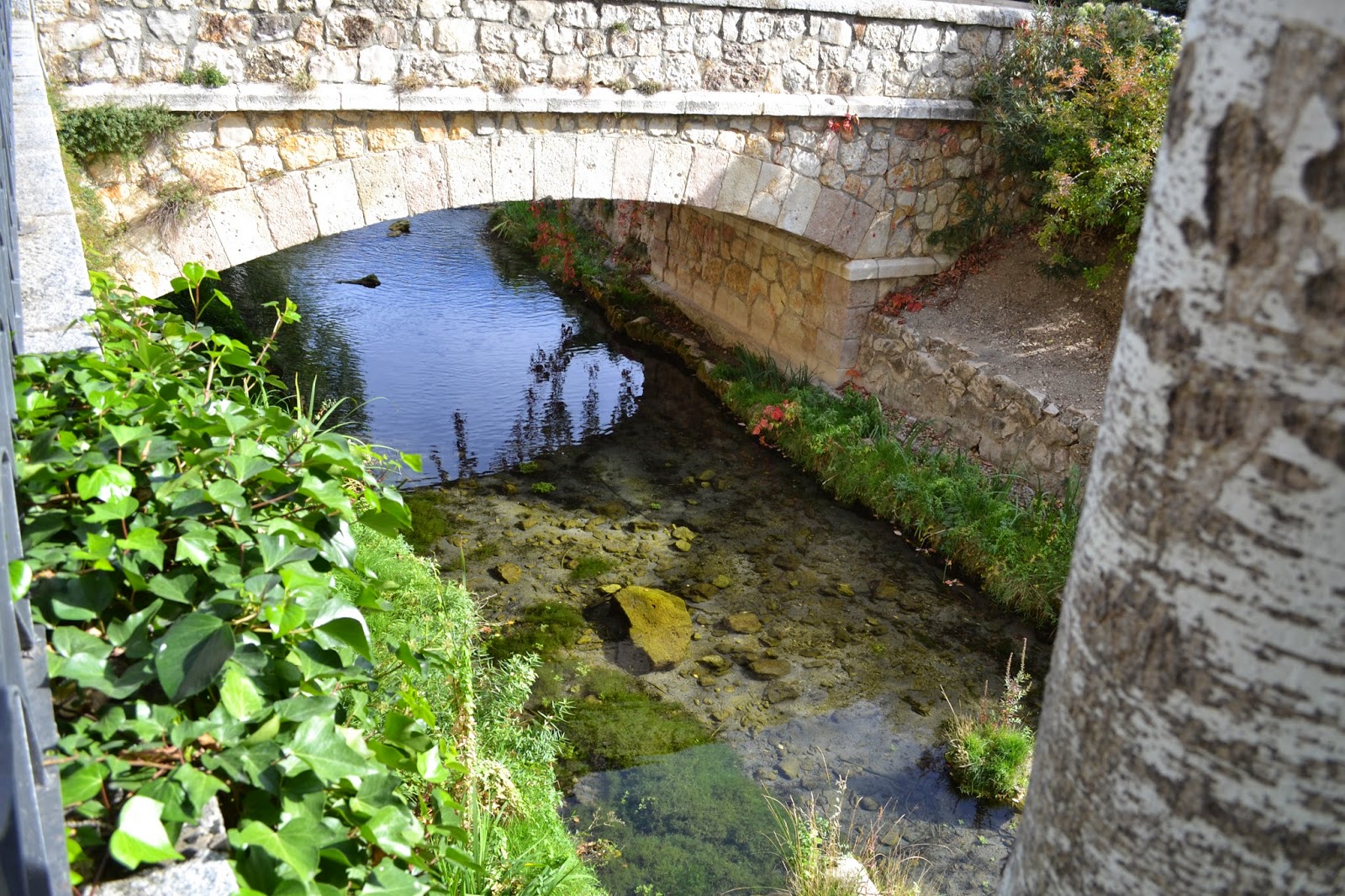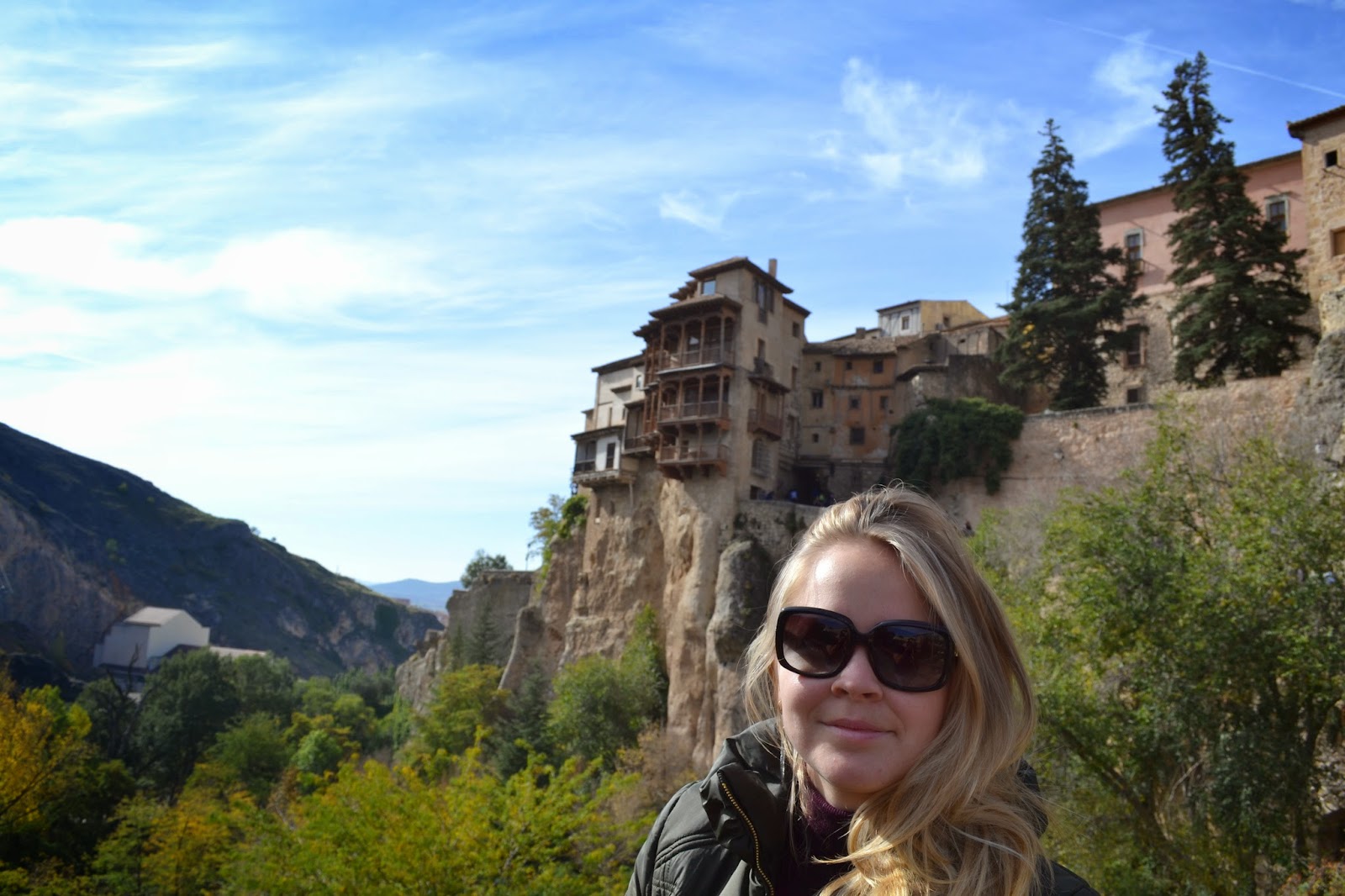Hello world! this week's blog is brought to you from Cuenca, an autonomous community city of Castile–La Mancha in central Spain.
In more recent history Cuenca has been as turbulent as in other regions of Spain. There was poverty in rural areas, and the Catholic Church was attacked, with monks, nuns, priests and a bishop of Cuenca, Cruz Laplana y Laguna, being murdered.
During the Spanish Civil War Cuenca was part of the republican zone (Zona roja or: "the red zone"). It was taken in 1938 by General Franco's
troops.
During the post-war period the area suffered a major economic
decline. The city started to
recover slowly from 1960 to 1970, and the town limits went far beyond
the gorge to the flat surroundings.
Cuenca however is more famous for it Hanging houses.
The Casas Colgadas - Hanging Houses
The Casas Colgadas - Hanging Houses
In the past, houses of this kind were frequent along the eastern border of the ancient city, located near the ravine of the river Huécar.
Today, however, there are only a few of them remaining. Of all of these
structures, the most well-known is a group of three with wooden
balconies
Built around the 14th century the houses were once used as summer residences for the royal family.
***
The old Convent of Saint Paul
The Convent of Saint Paul was built in the 16th century by command of the canon priest Juan del Pozo, a monk belonging to the Dominican Order. Brothers Juan and Pedro de Alviz were in charge of the building project; Pedro worked on the convent and the cloister and Juan on the church.
The church was finished in the 18th century, in rococo style.
The convent was ruled by Dominican monks, but during the 19th century was handed over to the Pauline Fathers, who were based here until 1975, when they left due to the possible collapse of the building. In the 1990s the convent was restored to house the Parador Nacional de Turismo in Cuenca, which is a hotel.
The cloister has an ornamental source of water, and the cafeteria is the old chapel. From the convent the old town can be reached easily by crossing St Paul bridge.

Above in the foreground St Paul bridge.
Next up is the Cuenca Cathedral
Cuenca Cathedral was built from 1182 to 1270. The façade was rebuilt after it crumbled down in 1902. It is the first gothic style Cathedral in Spain (together with Avila's one).
From that date the cathedral has undergone some changes. It is consequently a mixture of various eras of architecture including, Renaissance, Baroque, and Gothic Anglo-Norman.
You will notice these differences in the photos that follow.
The cathedral is officially the Basílica de Nuestra Señora de Gracia ("Basilica of Our Lady of Grace").
Well there were a lot of amazing things that we saw this weekend, however I've not the time nor the patience to write of them all but I will show you some of the many many photos that we took along our travels.
You will see of architecture, trees and animals as well as some photos of us just showing off.







Well that is all from us for another week.
I will leave you with one last photo of what I believe to be stalk nests
on some type of antenna,
And you thought you had bad reception!!



















No comments:
Post a Comment